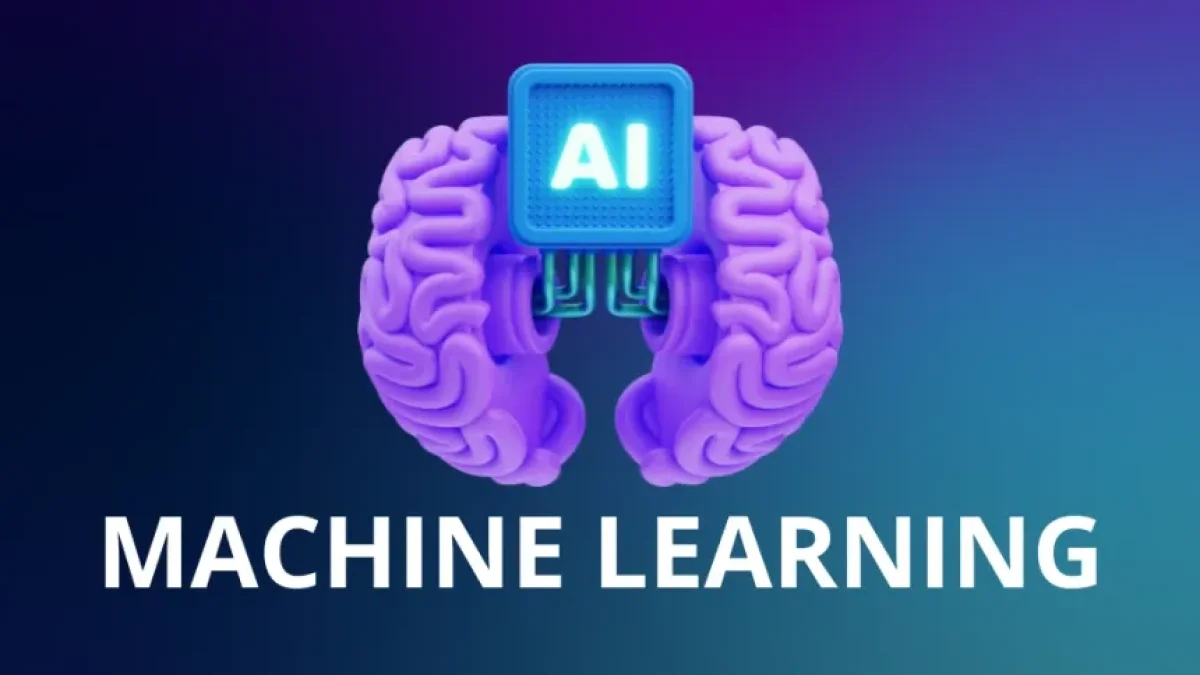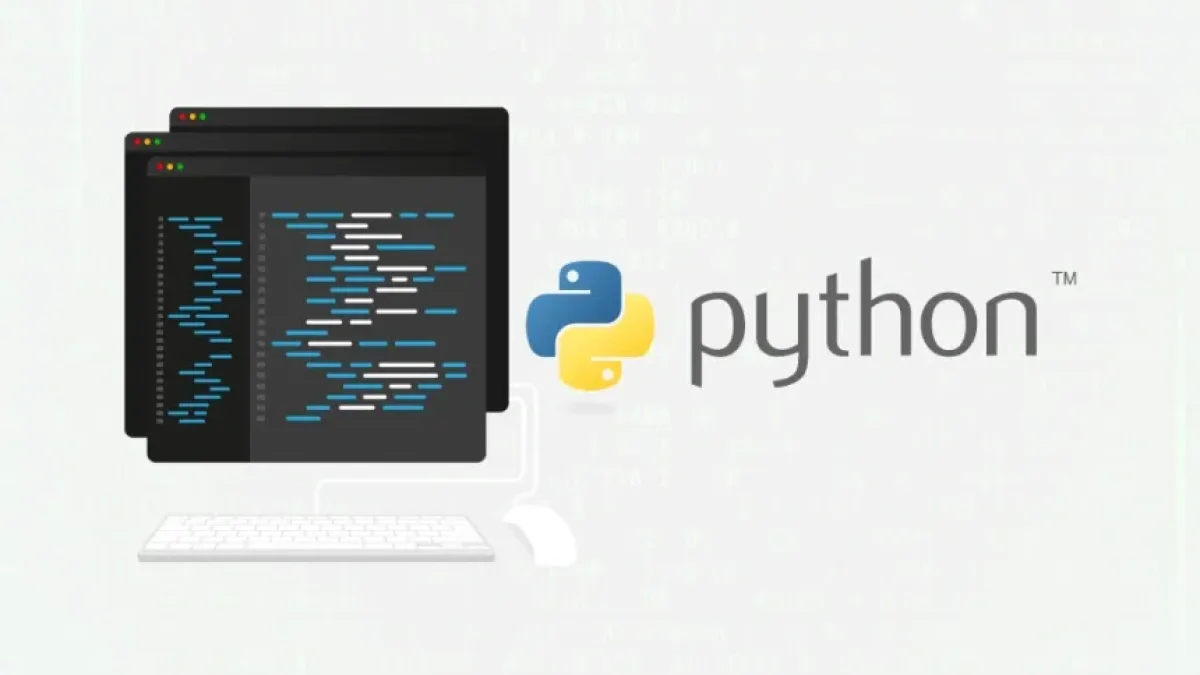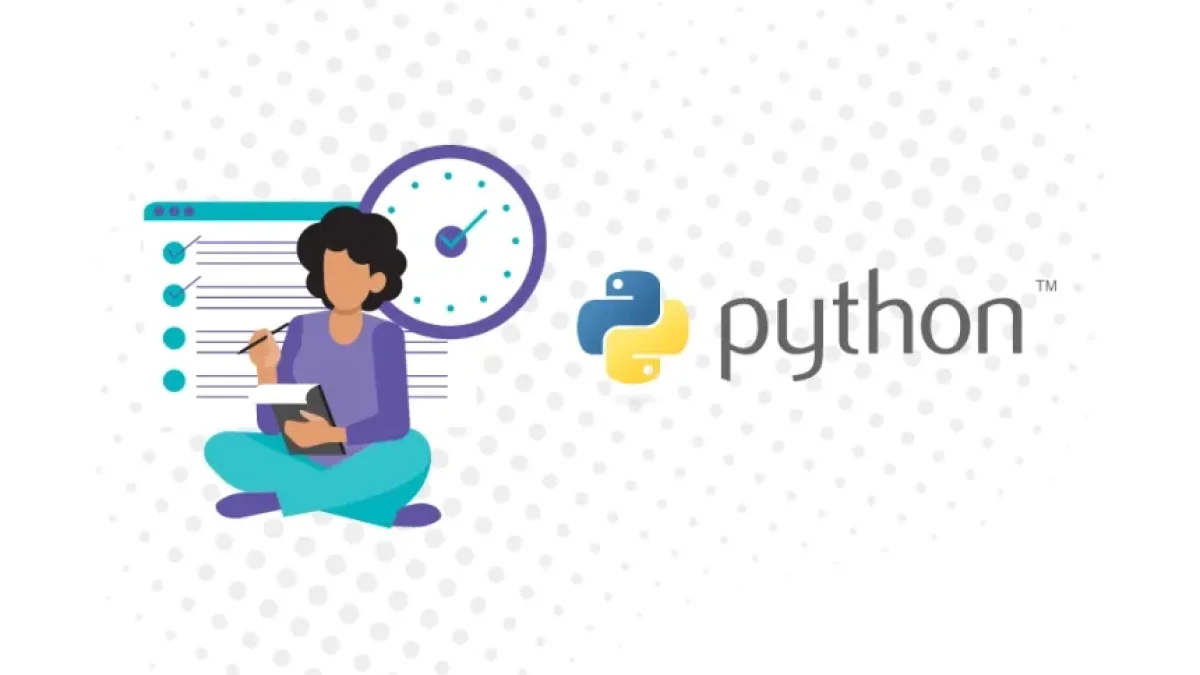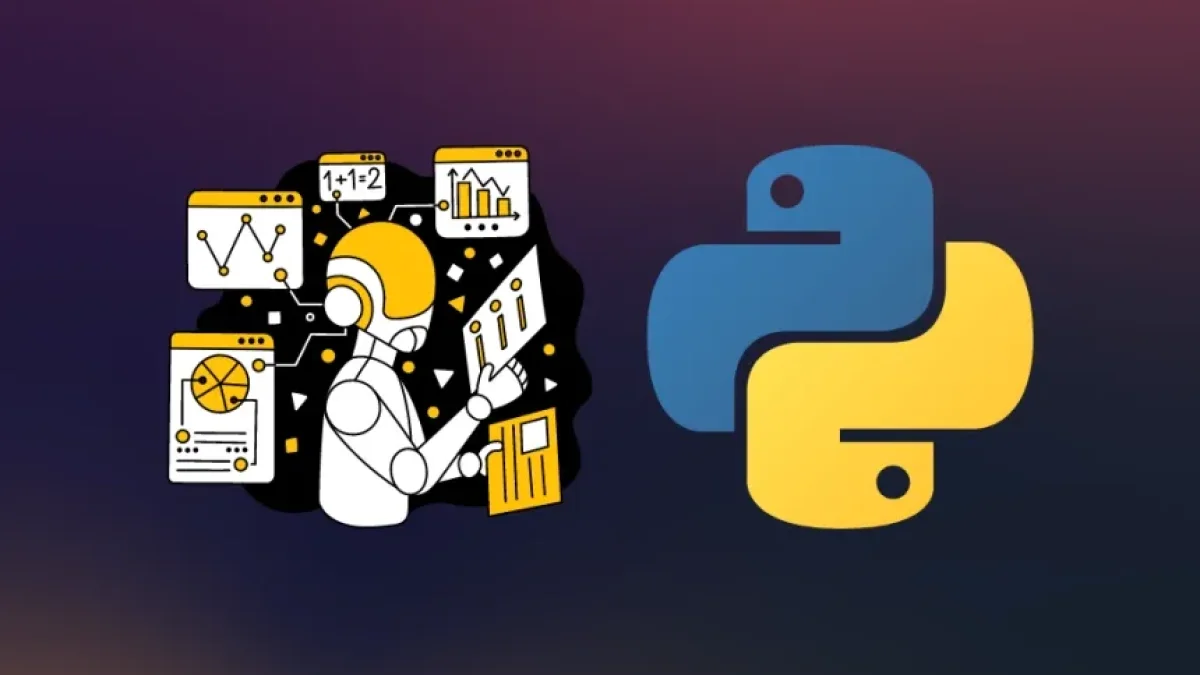What is Machine Learning and How Can You Get Started?


Machine Learning is a branch of artificial intelligence that enables computers to learn from data without being explicitly programmed. This article will provide you with a clear understanding of what machine learning is, its applications, and how you can get started in this exciting field.
History of Machine Learning
The concept of machine learning is not new; its roots date back to the 1950s. However, it has gained popularity in recent decades due to increased processing power and access to large volumes of data.
Evolution of Machine Learning
- 1950-1960: The first learning algorithms, such as the perceptron, were developed.
- 1980-1990: More complex neural networks were introduced, and greater research was conducted into algorithms like decision trees.
- 2000-present: The exponential growth of data and computational power has led to significant advances in deep learning and other sophisticated methods.
How Does Machine Learning Work?
Machine learning is based on the use of algorithms that process data and learn patterns that can be used to make predictions or decisions.
Types of Learning in Machine Learning
- Supervised Learning: Labeled data is used to train the model. At the end of the process, the model can predict outcomes for unlabeled data.
- Unsupervised Learning: Unlabeled data is used. The model tries to identify patterns and structures in the data.
- Reinforcement Learning: An agent learns through interaction with its environment, receiving rewards or penalties with the aim of maximizing total reward.
Applications of Machine Learning
The applications of machine learning are vast and varied, spanning multiple sectors:
Read also
Health
- Diagnosis: Algorithms that analyze medical images and clinical data to assist in diagnosis.
- Personalized Medicine: Tailoring treatments based on individual patient characteristics.
Finance
- Fraud Detection: Systems that identify unusual and potentially fraudulent transactions.
- Market Prediction: Models that analyze trends and patterns in financial data.
Marketing
- Customer Segmentation: Using data to identify groups of customers with similar characteristics.
- Personalized Recommendations: Algorithms that suggest products based on the user’s purchase history.
How to Get Started in Machine Learning?
Starting in machine learning may seem daunting, but with the right resources and a learning mindset, it can be worthwhile.
Step 1: Understand the Fundamentals
Before diving into machine learning, it's essential to grasp the fundamentals that support it, such as:
- Mathematics: Calculus, linear algebra, and statistics.
- Programming: Familiarize yourself with languages like Python and R, which are common in this field.
Step 2: Learning Resources
There are multiple platforms and resources where you can learn about machine learning:
Read also
- Online Courses: Platforms like Coursera, edX, and Udacity offer machine learning courses.
- Books: "Hands-On Machine Learning with Scikit-Learn, Keras, and TensorFlow" by Aurélien Géron is an excellent choice.
- Tutorials and Blogs: Follow blogs and tutorials that focus on machine learning and its applications.
Step 3: Tools and Libraries
Get familiar with the most commonly used tools and libraries in machine learning:
- Scikit-Learn: Ideal for supervised and unsupervised learning.
- TensorFlow: Popular for building neural networks and deep learning.
- Keras: A high-level library that sits on top of TensorFlow and allows for easier model creation.
Step 4: Practice
Practice is key to mastering machine learning. Start with small projects. Here are some ideas:
- Predicting housing prices using a dataset of property features.
- Classifying images of handwritten digits (using MNIST).
- Sentiment analysis of product reviews.
Step 5: Engage with the Community
Joining communities can provide support and additional resources. Consider participating in forums such as:
- Kaggle: Machine learning competitions and datasets.
- Stack Overflow: Questions and answers on programming and machine learning.
- Social Media Groups: Communities on Twitter, LinkedIn, or Facebook dedicated to machine learning.
Conclusion
Machine learning is a powerful tool with a wide range of applications across various industries. If you're interested in entering this field, the key is to start with the basics, utilize available resources, and practice continuously. With dedication and curiosity, you can become an expert in machine learning and contribute to the evolution of this fascinating technology.
Start your journey in machine learning today!



















